“Villa, vovve, och Volvo.” It’s a Swedish phrase literally meaning “home, dog, and Volvo,” and in Sweden, it means having a decent and normal Swedish life, such is the scale of the importance of the Volvo Brand Image and Volvo cars to the country.
Nonetheless, ever since the Ford buyout in 1999 and the subsequent sale to the current owner, Geely Auto Group of China, more and more of the things that have made Volvo unique have gone missing, and each subsequent generation of vehicle has been less satisfying than the previous.
If Volvo is to truly achieve the lasting success, these are my recommendations to management.
Table of Contents
Understand the Essence of the Volvo Brand Image
To start, we must first ask, what is a Volvo?
Traditionally, and more importantly, still to a degree, the Volvo brand is one of safety. It is not only the safest vehicle in a crash, it is also a safe bet for practicality, ease of use, and for reliability, as Volvo built their cars to last 15-20 years in the Swedish climate, which means 15-20 years of protection against snowy, salted roads. The traditional Volvo was also the most practical vehicle of its size, becoming known for its boxy shape that can carry large loads most other cars its size could not.
Stylish, fast, and extremely fuel efficient the traditional Volvo was not. Instead, the traditional Volvo was always marketed as a reliable, overbuilt car for smart people that didn’t want to show off, and offered a unique value package that was different from the competition, turning them into a symbol of inconspicuous modesty and the vehicle of choice for smart people that had money, but didn’t want to flaunt it.

This type of car is more in-demand today than it has ever been, as the new rich have been rejecting the “bling-bling,” show-off culture of the 2000s that has come to dominate instagram. Flashy clothes and bags that show off the brand are out, and this type of instagram imagery of showing off wealth, ironically, has become theater for the impoverished. Among the wealthy, there has been a trend toward understated design that works simply and solely for you, and to embody minimalism in size and in design philosophy has become a subtle signifier and symbol of taste, refinement, and status.
Volvo is unique in that what it has traditionally represented has now become cool in a counterculture way. This is because older generations typically see owning a Volvo as resigning to normality and the opposite of their values. In other words, Volvos, especially the old, boxy 240 models, are uncool to old people.
As with any other trend, if something isn’t to the taste of old people and they don’t like it, the youth are drawn to it and it becomes cool. In 2021, where most old people drive new, expensive, aerodynamic, egg-shaped crossover SUVS that all look the same, the cheap, old, boxy Volvo has become the millennial’s dark horse, riding in to save the day. Its popularity is among the best type of people Volvo’s marketing team could ask for: liberal arts students, musicians, and artists, the very type of people that have usually defined what is cool for society.
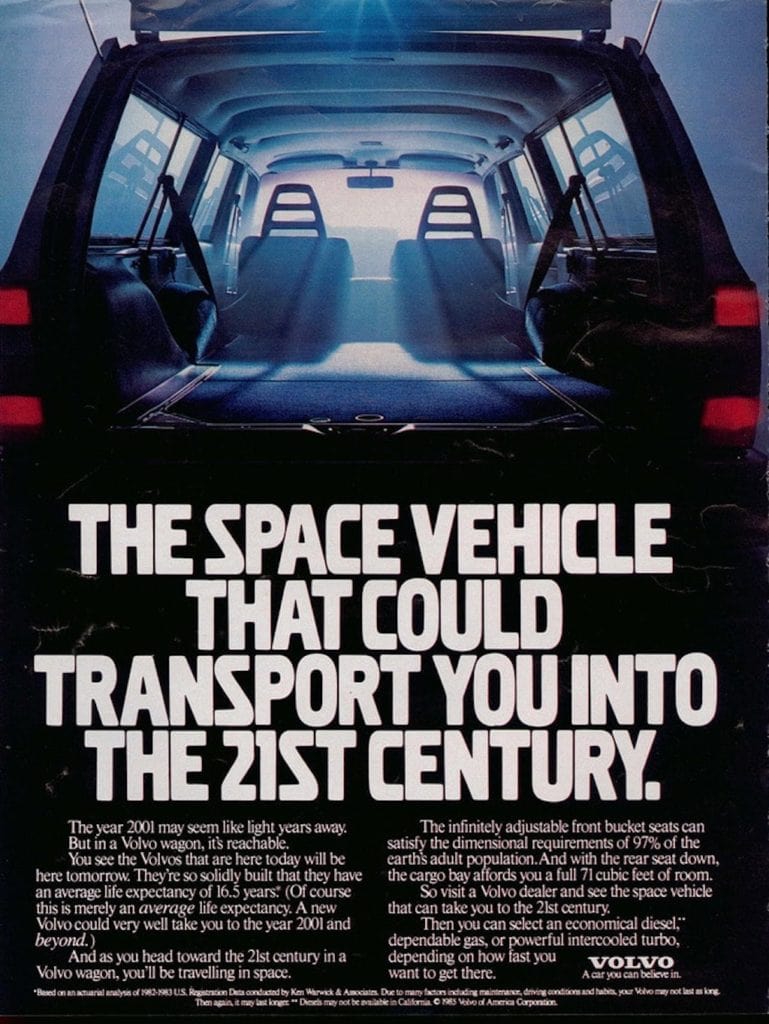
Take an old Volvo 240 wagon (their most iconic model), and do a DIY conversion so you can sleep in the back and have yourself a Bohemian camper? Instant cool. And, if I’m honest, the Volvo 240 wagon is the millennials’ equivalent of the Volkswagen Bus. A symbol that defines the essence of a generation that will always hold some value. And if Volvo is smart, it will build models that pay homage to that essence and what their older cars embodied to boost sales and produce another generation worth of brand loyalty.

Imitating Mercedes-Benz and BMW
Li Shufu, the founder and head of Geely, at the time of purchasing Volvo, stated (link here) in 2010 that he wanted the brand to compete with BMW and Mercedes-Benz. This has proven to be an unparalleled mistake, as BMW, and Mercedes-Benz regularly show up on lists as the most expensive cars to fix, the least reliable new cars, AND the fastest depreciating cars. Knowing this, why would anyone want to imitate these brands I could personally never recommend?
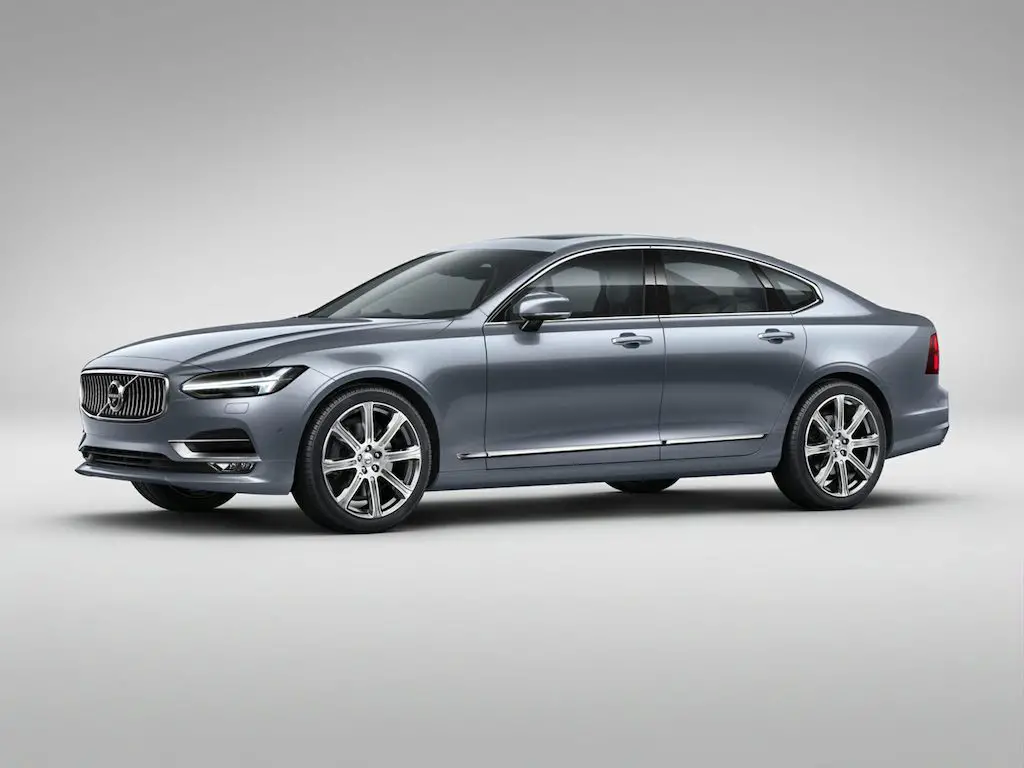
In 2021, BMW is riding on their earlier reputation as “The ultimate driving machine” and Mercedes-Benz on their earlier reputation as “The best car in the world.” Both of these brands have used their reputations to propel themselves into status symbols.
However, there is nothing luxurious about a car that is unreliable and constantly breaks when you need it to work. For a wealthy person, unreliability is unacceptable, as time is their most precious resource, and spending time to deal with an unreliable car is time they could’ve spent doing something else. For Mercedes-Benz and BMW to continue to make unreliable cars shows a remarkable disrespect for their highest paying customers, who are willing to pay a premium to NOT deal with problems, and are more likely to look at the balance sheet (and see this huge money sink of a car) so they can manage their finances effectively.
The result is that many people with money have stopped buying BMW and Mercedes Benz automobiles, and most common vehicles that millionaires drive in America are Ford F150s, Honda Accords, and Toyota Camrys. If you want your brand to be a status symbol, you need young, rich, cool people to buy your car, and without it, their symbol of status is not long for the world.
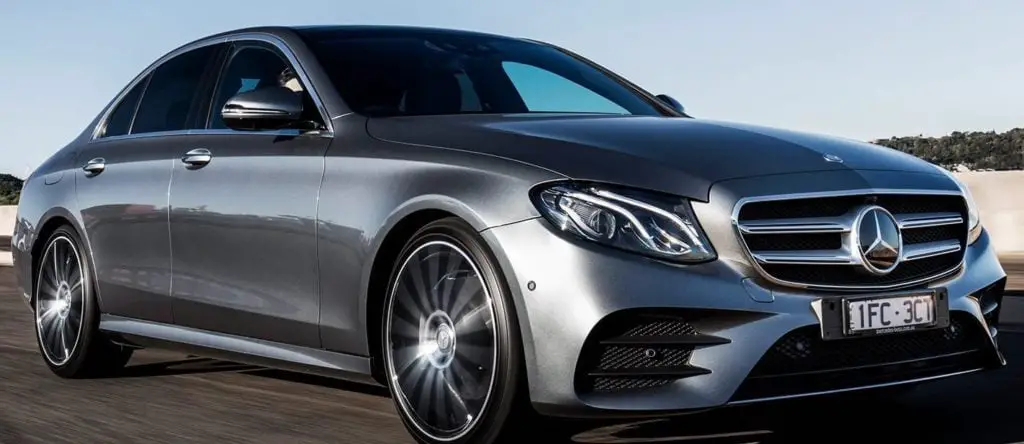
In marketing, there is no more direct pathway to losing cool (and thus status) than if your brand becomes associated with old people. And what is the average age of a BMW or Mercedes-Benz buyer. Over 55. These older customers bought, and are continuing to buy their cars, because strong brand loyalty was established in the 1970s-1990s, when the reputation of these brands corresponded with the products they sold. The older generations came to trust the brand and image of Mercedes-Benz and BMW, because in that era, the implicit understanding was that customers would be willing to pay more to buy and fix a car in exchange for a car that needed to be fixed less often. Though this bargain is no longer the case, older generations continue to buy and trust these brands because that is what they have always done.
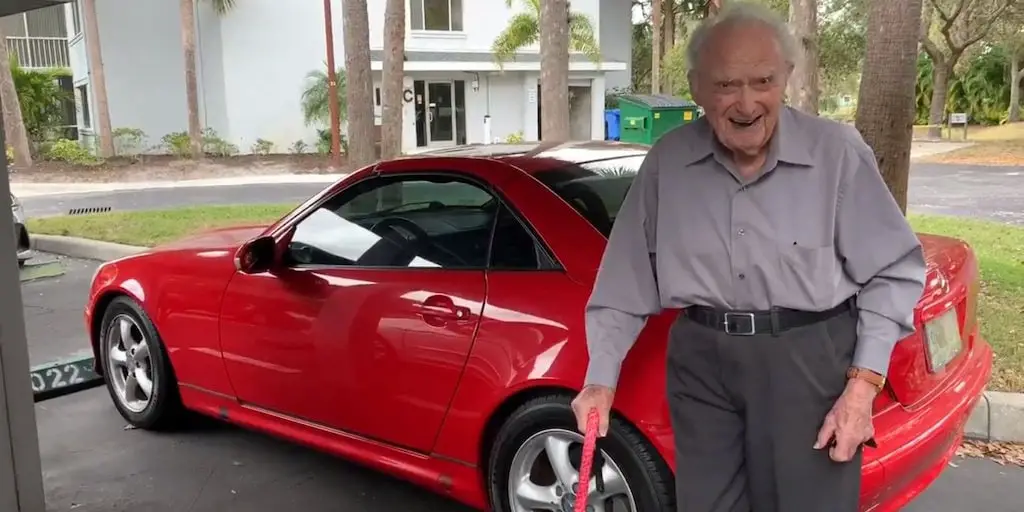
So for Volvo, a brand that never had this image of status for these older customers, to copy what the German brands are doing now is quite foolish. BMW and Mercedes-Benz are declining brands, not rising ones, so don’t waste your time trying to compete with them.
Poor Treatment of the Brand’s Biggest Fans
Quick question. How has Volvo responded to these devout fans working to keep enthusiasm for the brand alive? Well, they have responded by suing people who they claim on infringing on their intellectual property. The story of Dave Barton of Texas comes to mind immediately.
For many years, Dave Barton has made replacement stickers for logos that would fade on the steering wheels of newer cars, center caps for the rims, and horn buttons for cars without airbags, as well as his own interpretation of these stickers and other products to serve members of the enthusiast community.
His products were so well-renowned that Volvo dealers in America would often direct customers to buy parts from Mr. Barton in cases where the parts were otherwise unavailable, and Dave Barton had long cultivated a strong relationship with Volvo corporate, even providing them with vintage cars to use free of charge in press events due to Volvo lacking it’s own in-house heritage fleet.
However, in 2018, Volvo (really Geely) sent their lawyers in the U.S. out, and served Mr. Barton with a cease-and-desist to stop making the stickers. Why the strange change of heart? Because, as Volvo’s lawyers claimed, he was using the Volvo logo, thus infringing on their trademarks and threatening their brand. Since he wanted to continue offering his products to the enthusiast community, he sought to enter a licensing agreement for use of the trademark (i.e. he was willing to pay to use the trademark). Volvo’s response? “Volvo is not interested in any discussion!” And since Mr. Barton has since not offered the products and has established a strong reputation in the Volvo enthusiast community as being professional in his dealings, I am both likely to believe him and quite surprised by Volvo corporate’s decision.
Brand enthusiasts and small home-brew businesses like those Dave Barton operating to help keep older cars on the road are an asset to Volvo’s business, not a liability. In fact, they are the best assets because they cost nothing, all while proving that Volvo Cars will last a long time and are worth keeping. Furthermore, they act as unofficial brand representatives that help drum up sales, freely advertising to their friends, family, and even random strangers to buy a Volvo, all because they like the brand’s cars. To alienate these people simply because they aren’t buying a new Volvo is short sighted and foolish.
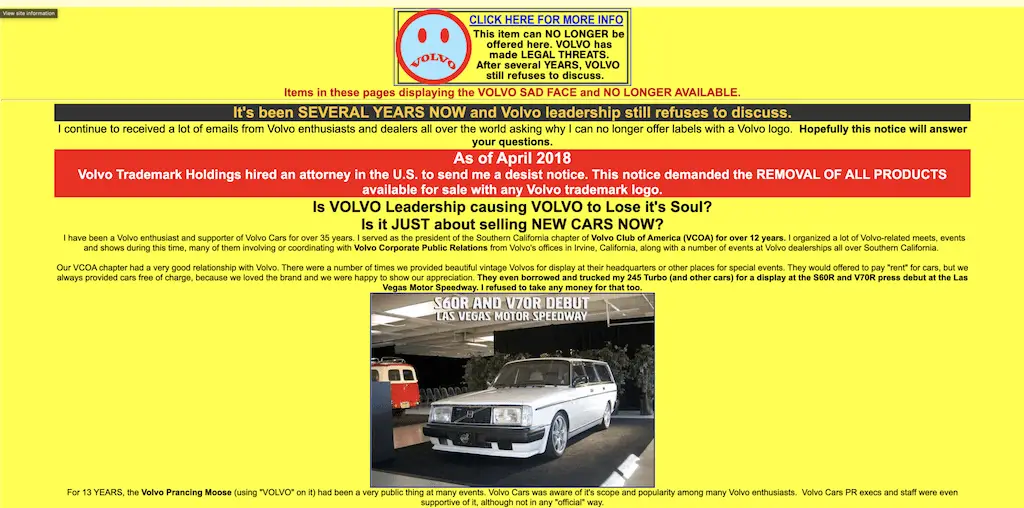
The automotive market is a competitive place, and many former Volvo owners have long since switched to Subaru and Volkswagen. Stop the bleeding, and start giving these fans a reason to recommend a Volvo instead of a competitor.
Conclusion
If Volvo wants to truly have a long term future, changes need to be made. While sales may be relatively high now, if Volvo continues to alienate brand enthusiasts, not understand the essence of what a Volvo Car means, and keep copying the Germans and their failing model, there is no long term future for the brand.
What do you think of Volvo under Geely Management? What would you change? Let me know in the comments below.
